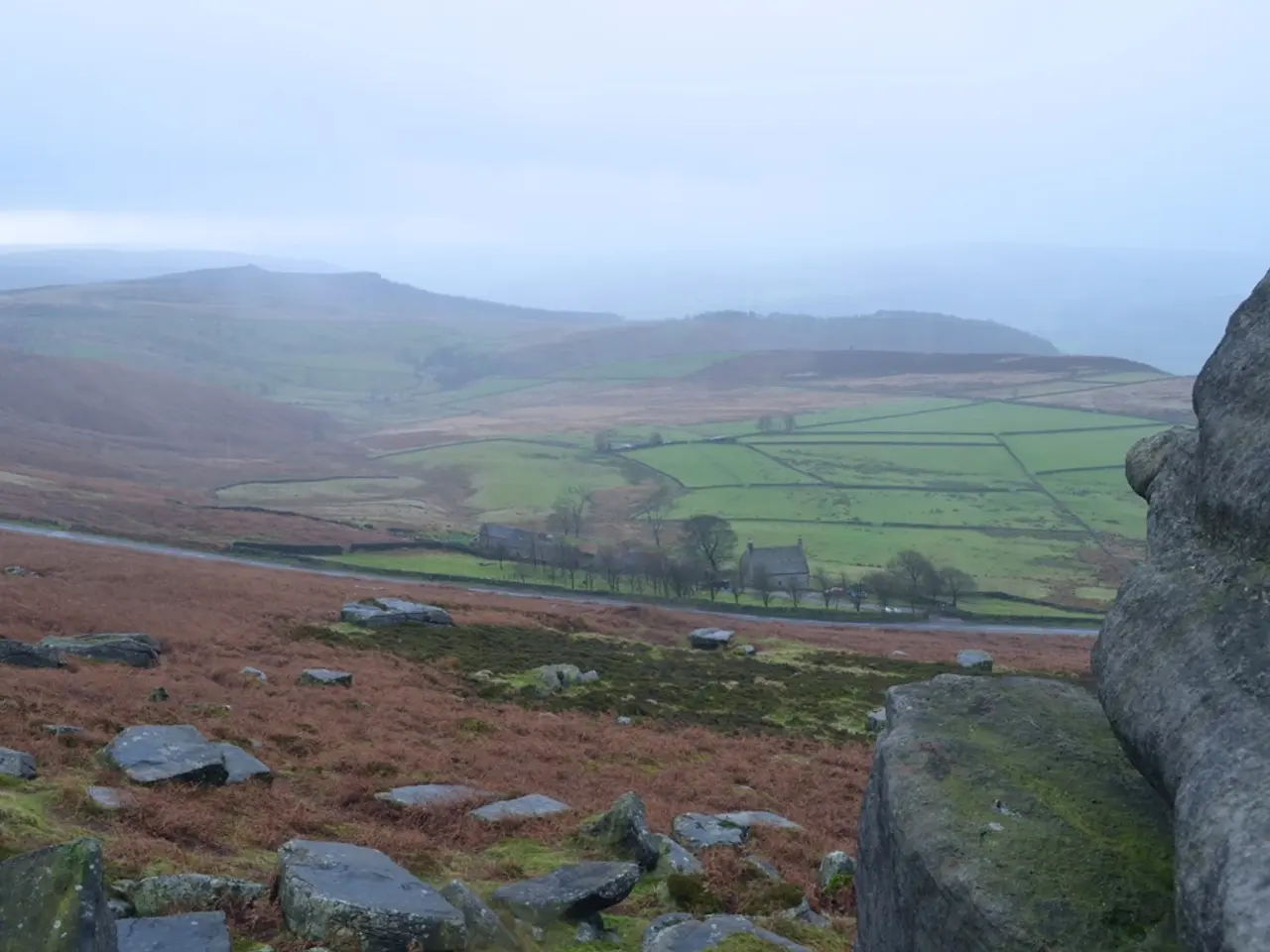Officials Push Biden to Expand San Gabriel Mountains National Monument by 109,000 Acres
Elected officials and community leaders are urging President Biden to expand the San Gabriel Mountains National Monument by 109,000 acres. This move aims to protect and preserve the largest contiguous landscape in Los Angeles County, which accounts for 70% of its open space and welcomes millions of visitors annually.
The San Gabriel Mountains, home to the San Gabriel Mountains National Monument, offer a diverse landscape of rare chaparral shrubland, oak, and conifer forest. They serve as a vital habitat for numerous species, including rare and endangered ones. Expanding the monument would safeguard these ecosystems and the wildlife that depend on them.
Old growth forests, characterized by mature trees and complex ecosystems, are particularly important. They provide critical habitat, support biodiversity, and help maintain ecological balance in the protected area. Additionally, the Angeles National Forest, targeted for expansion, supplies one-third of Los Angeles County's drinking water, underscoring its significance.
Expanding the monument would also benefit local residents. The San Fernando Valley, a large suburban area with predominantly low-income communities of color, would gain increased access to these natural spaces. Furthermore, the area holds rich cultural significance and history, including connections to indigenous tribes and historic trails.
Expanding the San Gabriel Mountains National Monument would protect and preserve vital habitats, ensure water security, enhance recreational access, and honor the area's cultural heritage. This expansion aligns with efforts to address the biodiversity and climate crises, making it a crucial step for Los Angeles County's future.
Read also:
- Osteoarthritis and premature retirement: Entitlements and advantages
- Blue Raven Solar Empowers Chicago with Innovative, Affordable Solar Solutions
- Uncovering the Purpose and Distinctiveness of Human Fingerprints: An Exploration of Their Significance and Individuality
- AI-Powered Geospatial Analysis: Elevating Insights through Spatial Knowledge








